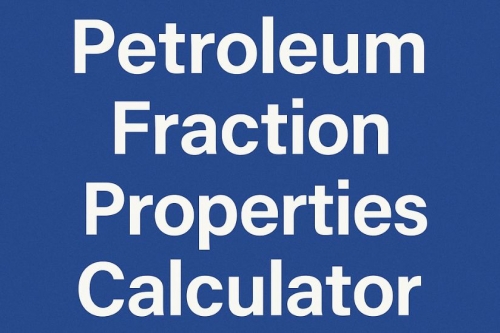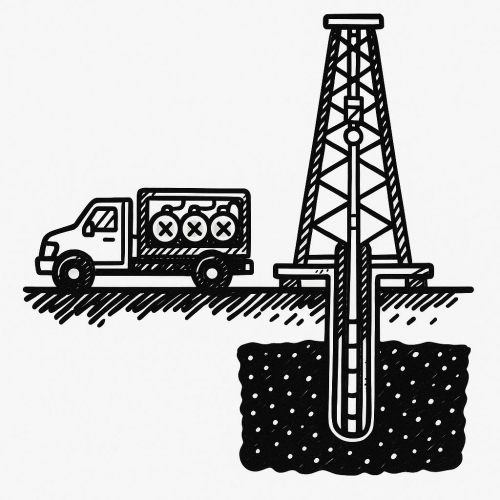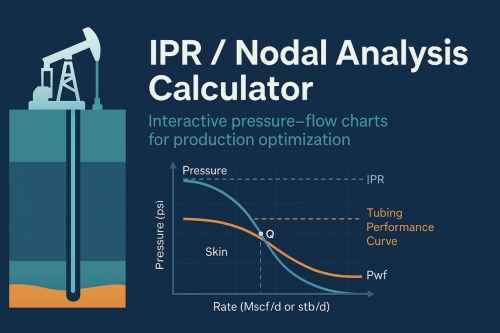Oil and gas pumps are essential to the oil and gas industry, used in a wide range of applications from upstream production to downstream refining. These pumps must be able to handle a variety of fluids, including crude oil, natural gas, refined products, and water. They must also be able to operate in harsh environments, often at high pressures and temperatures.
There are many different types of oil and gas pumps, each designed for a specific application. Some of the most common types include:
- Centrifugal pumps: These pumps are the most common type of pump used in the oil and gas industry. They are versatile and can be used to pump a variety of fluids, including crude oil, natural gas, refined products, and water.
- Reciprocating pumps: These pumps are used for high-pressure applications, such as pumping fluids into and out of wells. They are also used for transferring fluids over long distances.
- Progressive cavity pumps: These pumps are used for pumping viscous fluids, such as heavy oil and bitumen. They are also used for artificial lift, which is the process of pumping oil and gas from wells that have low pressure.
- Gear pumps: These pumps are used for pumping fluids at low pressures. They are also used for transferring fluids over short distances.
- Diaphragm pumps: These pumps are used for pumping fluids that contain solids. They are also used for pumping corrosive fluids.
Oil and gas pumps are used in a variety of applications throughout the oil and gas industry, including:
- Upstream production: Oil and gas pumps are used to pump oil and gas from wells to the surface. They are also used to pump fluids downhole for well stimulation and enhanced oil recovery (EOR).
- Midstream transportation: Oil and gas pumps are used to transport oil and gas from production sites to refineries and other processing facilities. They are also used to pump oil and gas into storage tanks.
- Downstream refining: Oil and gas pumps are used to move fluids through the refinery process. They are also used to pump refined products into storage tanks and load them into tankers and trucks.
Oil and gas pumps are essential to the operation of the oil and gas industry. They are used to pump oil and gas from wells to the surface, transport them to refineries and other processing facilities, and move them through the refinery process. Oil and gas pumps must be reliable and durable, as they operate in harsh environments and handle a variety of fluids.
Oil and Gas Pumps: The Future of the Industry
Oil and gas pumps are essential to the oil and gas industry, used in a wide range of applications from upstream production to downstream refining. These pumps must be able to handle a variety of fluids, including crude oil, natural gas, refined products, and water. They must also be able to operate in harsh environments, often at high pressures and temperatures.
The latest trends and developments in the oil and gas pump industry
The oil and gas pump industry is constantly evolving, with new technologies and innovations being developed all the time. Some of the latest trends and developments in the industry include:
- The rise of electric pumps: Electric pumps are becoming increasingly popular in the oil and gas industry, as they are more efficient and environmentally friendly than traditional diesel-powered pumps.
- The use of artificial intelligence (AI) and machine learning (ML): AI and ML are being used to develop new and innovative ways to design, operate, and maintain oil and gas pumps. For example, AI can be used to predict when a pump is likely to fail, so that preventive maintenance can be carried out.
- The development of new materials: New materials are being developed that are stronger, lighter, and more corrosion-resistant than traditional materials. This is allowing oil and gas pump manufacturers to develop new and improved pumps that can operate in more extreme conditions.
How oil and gas pumps are being used in new and innovative ways
Oil and gas pumps are being used in new and innovative ways all the time. For example, oil and gas pumps are being used to:
- Inject carbon dioxide (CO2) into underground reservoirs: CO2 injection is a carbon capture and storage (CCS) technology that can be used to reduce greenhouse gas emissions. Oil and gas pumps are used to inject CO2 into underground reservoirs, where it is trapped and prevents it from entering the atmosphere.
- Extract oil and gas from unconventional resources: Unconventional resources, such as shale oil and gas, are becoming increasingly important to the oil and gas industry. Oil and gas pumps are used to extract oil and gas from these unconventional resources.
- Power remote oil and gas operations: Oil and gas pumps can be used to power remote oil and gas operations, such as well pads and pipelines. This can help to reduce the environmental impact of oil and gas production.
The future of oil and gas pumps
The future of oil and gas pumps is bright. As the oil and gas industry continues to evolve, oil and gas pumps will become increasingly sophisticated and efficient. AI, ML, and new materials will play a major role in the development of next-generation oil and gas pumps.
In addition, oil and gas pumps will be used in new and innovative ways in the future. For example, oil and gas pumps may be used to produce hydrogen, a clean-burning fuel that has the potential to reduce greenhouse gas emissions. Oil and gas pumps may also be used to develop new carbon capture and storage (CCS) technologies.
Overall, the future of oil and gas pumps is very promising. Oil and gas pumps will continue to be essential to the oil and gas industry, and they will play a major role in the development of new and innovative technologies.

%20(1).png)



